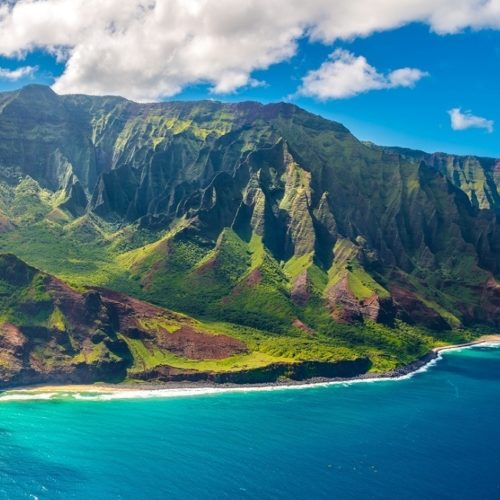
My dream in pharmacy school was to move to Hawaii after graduation, and about seven months after getting a license (and saving a little money working on the mainland) I did just that. I managed a long-term care pharmacy for three years on the Big Island, and then returned to community pharmacy on Maui for two years. I went for the scuba diving, hiking, and participated in various other outdoor activities, but in the process found a lot of unexpected opportunities for professional growth. One of those was to expand my cultural awareness, get beyond treatment guidelines, and improve my ability to truly provide individualized patient care. Here are a few examples:
Hawaiian Pidgin
Hawaii has experienced waves of immigration throughout its history; immigrants came from all over the world, including Mexico, Portugal, the Philippines, China, Japan, and of course the United States (among others). As these cultures mixed, so did their languages and pidgin was born. This local language is still very much alive today, and if you want to live and work in Hawaii then eventually you will need to learn to understand it to some extent. This video is a good example of what it sounds like; of note, while it is important to learn to understand it, many locals will find it offensive (and you might get da stink eye) if you attempt to speak pidgin, so it is best not to unless you really need it. For some phrases to get you started check out this website.
As an example of a time I really needed pidgin, I remember working in Kahului, Maui, and meeting an older man. I tried to speak Standard English a few times to tell him we would not have his medication until Monday. He could not understand me, so finally I said ‘We no mo’ already. Try come back Monday eh.’ He immediately understood! The technician (born and raised on Maui) got a good laugh out of that one.
Hawaiian History and Sovereignty
Yes, Hawaii is a state. If you accidentally say you are ‘going back to the US’ when you leave, you will get quickly corrected.
Hawaii also has a long and proud pre-Western history, as well as an unfortunate history of Western oppression. Today, there has been a resurgence of appreciation for and celebration of Hawaiian culture, including music, dance and language. A Hawaiian sovereignty movement is also very much alive and well, and you would be hard-pressed to live in Hawaii for any period of time without seeing the Hawaiian sovereignty flag flying proudly. It is important that you respect this aspect of culture in Hawaii, and understand that Hawaii has a mixed history with the United States. The first time I tried to get my driver’s license, for example, the DMV was closed due to Kamehameha Day! People from Hawaii are very friendly but lack of respect for Hawaiian history and culture is one of the quickest ways to get on their bad side, including the patients you will be caring for. I highly recommend reading this book when you move.
The Vog and Asthmatics
For those of you that have not heard of it, “vog” is fog created by the active volcanoes, of which the Big Island has five. Kilauea has been erupting since 1983 and is currently the source of vog. Trade-winds often blow that vog over to Maui, where it gets trapped in the valley, and so depending on the day and area, both the Big Island and Maui could have thick vog. Asthmatics are particularly prone to exacerbations during this time.
Our pharmacies were always busier on those days as patients were refilling their rescue inhalers, which most of us would expect. One surprising thing I saw, however, was physicians writing for a long-acting inhaler “PRN,” or as needed. We are taught in school, of course, that these inhalers are not for PRN use and should not be written that way, so I called.
The physician clarified that he does not mean to use the inhaler PRN when an attack is occurring, but rather to use it regularly when the vog gets more severe and then discontinue its use after the vog has cleared. In this sense, it is “PRN” but actually is very much in-line with step-down therapy currently recommended in the National Asthma Education and Prevention Program guidelines.
Overall, I had an incredible experience in Hawaii for reasons far beyond the numerous dives and hikes. If you get the chance to take a travelling assignment or permanently move there, I would highly recommend it.

